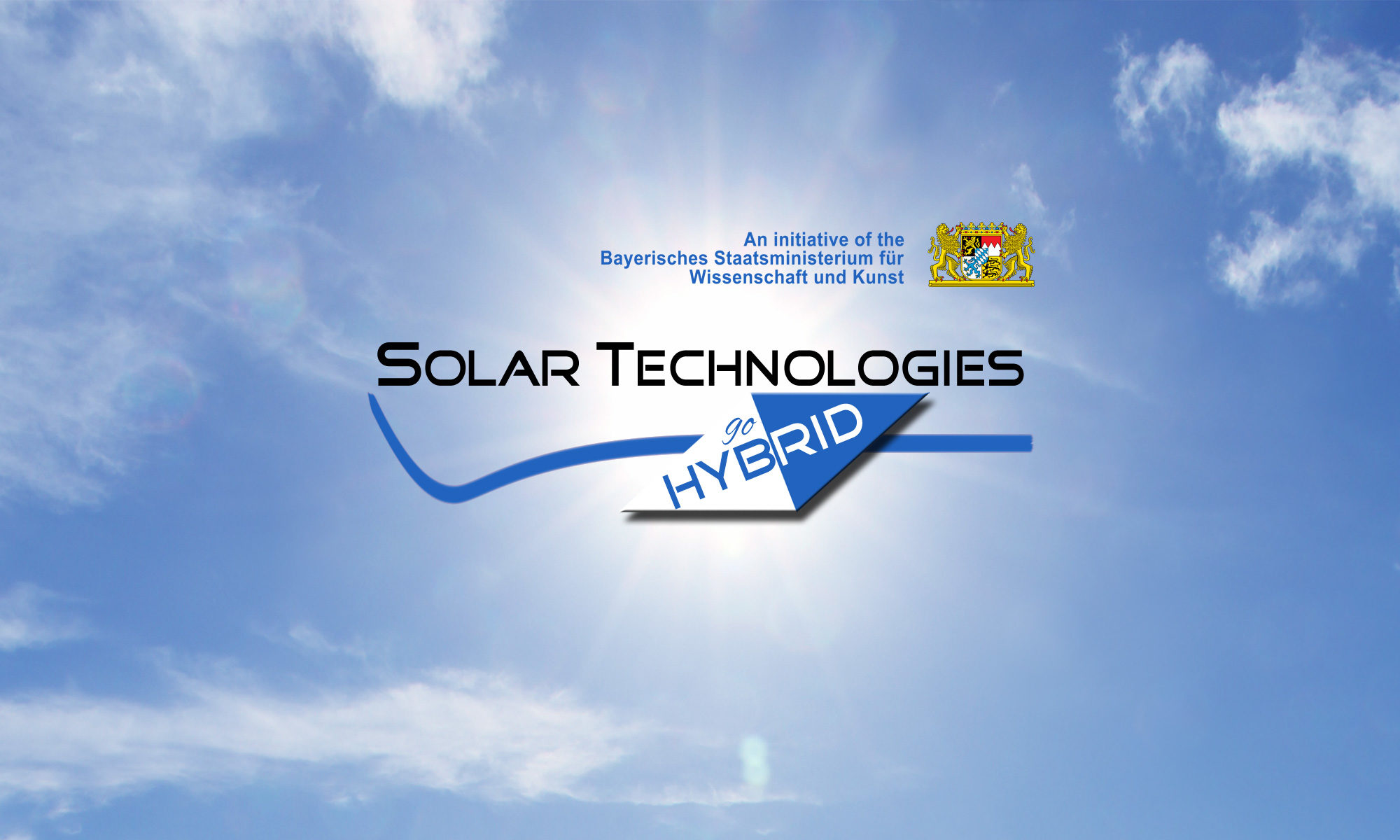The conversion of sunlight into electricity at low cost becomes increasingly important to meet the world’s fast growing energy consumption. This task requires the development of new device concepts, in which particularly the transport of light-generated energy with minimal losses is a key aspect. An interdisciplinary group of researchers from the Bavarian initiative Solar Technologies Go Hybrid at the Universities of Bayreuth and Erlangen-Nuremberg (Germany) report in Nature on nanofibers, which enable for the first time a directed energy transport over several micrometers at room temperature. This transport distance can only be explained with quantum coherence effects along the individual nanofibers.
The research groups of Richard Hildner in Experimental Physics and Hans-Werner Schmidt in Macromolecular Chemistry at the University of Bayreuth prepared supramolecular nanofibers, which can consist of more than 10,000 identical building blocks. The core of the building block is a so-called carbonyl-bridged triarylamine. This triarylamine derivative was synthesized by the research group of Milan Kivala in Organic Chemistry at the University of Erlangen-Nuremberg and chemically modified at the University of Bayreuth. Three naphthalimidbithiophene chromophores are linked to this central unit. Under specific conditions, the building blocks spontaneously self-assemble and form nanofibers with lengths of more than 4 micrometers and diameters of only 0.005 micrometer. For comparison: a human hair has a thickness of 50 to 100 micrometers.
With a combination of different microscopy techniques the scientists at the University of Bayreuth were able to visualize the transport of excitation energy along these nanofibers. In order to achieve this long-range energy transport, the triarylamine cores of the building blocks, that are perfectly arranged face to face, act in concert. Thus, the energy can be transferred in a wave-like manner from one building block to the next: This phenomenon is called quantum coherence.
“These highly promising nanostructures demonstrate that carefully tailoring materials for the efficient transport of light energy is an emerging research area” says Dr. Richard Hildner, an expert in the field of light harvesting at the University of Bayreuth. The research area light harvesting aims at a precise description of the transport processes in natural photosynthetic machineries to use this knowledge for building novel nanostructures for power generation from sunlight. In this field interdisciplinary groups of researchers work together in the Bavarian initiative Solar Technologies Go Hybrid and in the Research Training Group Photophysics of synthetic and biological multichromophoric systems (GRK 1640) funded by the German Research Foundation (DFG).
Publication:
Andreas T. Haedler, Klaus Kreger, Abey Issac, Bernd Wittmann, Milan Kivala, Natalie Hammer, Jürgen Köhler, Hans-Werner Schmidt & Richard Hildner
Long-Range Energy Transport in Single Supramolecular Nanofibres at Room Temperature
Nature 523, 196 – 199 (2015)
DOI: 10.1038/nature14570
Contact:
Dr. Richard Hildner
Experimental Physics IV
University of Bayreuth
Phone: +49 (0) 921 55 4040
E-Mail: richard.hildner@uni-bayreuth.de
Prof. Dr. Hans-Werner Schmidt
Macromolecular Chemistry I
University of Bayreuth
Phone: +49 (0) 921 55 3200 und -3299
E-Mail: hans-werner.schmidt@uni-bayreuth.de

